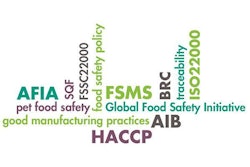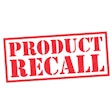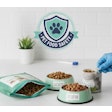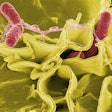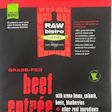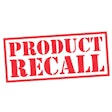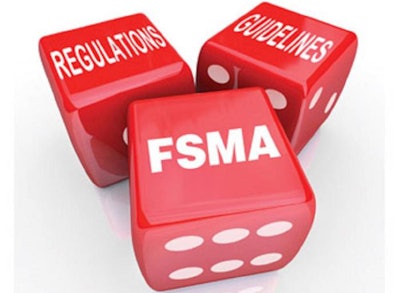
The US Food and Drug Administration (FDA) has finalized the rule under the Food Safety Modernization Act (FSMA) most relevant to pet food safety, Current Good Manufacturing Practices and Hazard Analysis and Preventive Controls for Food for Animals. Along with a counterpart rule for human food, the new rule for animal food was posted with the Federal Register on September 10 and will be formally published September 17. It goes into effect 60 days after publication, meaning about November 17.
During a call with members of the pet food and feed media, Richard Sellers, senior VP of legislative and regulatory affairs for the American Feed Industry Association (AFIA), outlined key elements of this new “monster of a rule,” including changes that FDA made to draft versions after input from AFIA, other industry organizations and members, and other interested parties.
The rule, which comes to 666 pages, Sellers said, includes two statutory elements, both new requirements as stated in the pre-publication rule filed with the Federal Register:
- Current good manufacturing practices (CGMPs) that “specifically address the manufacturing, processing, packing and holding of food for animals”;
- Hazard analysis and risk-based preventive controls for “certain domestic and foreign facilities” that make food for animals. “This portion of the rule requires registered animal food facilities to maintain a food safety plan, perform a hazard analysis and institute preventive controls for the mitigation of those hazards, unless an exemption applies. Facilities must also monitor their controls, conduct verification activities to ensure the controls are effective, take appropriate corrective actions and maintain records documenting these actions,” the rule states.
Both requirements apply to any establishment required to register with FDA as a food facility under the Bioterrorism Act of 2002, which means most pet food plants.
Pet food manufacturers will have to start following the rule according to a “staggered” compliance schedule—a key change in the final rule that Sellers proclaimed as AFIA’s biggest victory in requesting revisions to FDA’s proposed versions of the rule. FDA originally proposed that affected businesses would have one year from the effective date to comply, with two exceptions: small businesses (fewer than 500 employees) would have two years to comply, and very small businesses (less than US$2.5 million in annual sales) would have three years. At AFIA’s suggestion, the final rule follows that schedule for the CGMP element but allows an additional year for each size of business—two, three and four years, respectively—to comply with the preventive controls aspect.
While this change, along with others, will help reduce the costs of compliance, Sellers said AFIA believes FDA is still underestimating how much it will cost the pet food and feed industries to implement the rule’s requirements. FDA has said it estimates this final version will take US$135 to US$170 million for implementation, Sellers said; AFIA had estimated the originally proposed rule would cost US$700 million, and while it has not yet established an estimate for the final rule, the organization believes it will be more than FDA’s estimate.
Sellers said a good portion of the costs will come from creating and filing the paperwork necessary to comply with the rule, especially the preventive controls portion, which requires a written plan and full, ongoing documentation. In response to a question about where else costs might arise from, Sellers cited the need to add personnel, specifically a “qualified individual,” probably at a manager or director level, responsible for the preventive controls plan. This applies mainly to pet food.
A large pet food plant will have to hire at least one person for this, Sellers said, and AFIA members have indicated the salary would be about US$60,000 to US$80,000—yet FDA has estimated the costs of this element of the rule to be at only about US$17,000 per facility. When you multiply that salary by multiple facilities within one company or for the pet food industry overall, the costs add up, he added.
To help its members and other companies within the pet food and feed industries prepare to comply with the new rule, AFIA will hold a free overview webinar on October 7 at 2 PM Eastern Standard Time. In addition, it will conduct training seminars in conjunction with upcoming meetings later this year and early next year. Information for those events will be available soon.
For its part, FDA says it is developing guidance documents for CGMP requirements, hazard analysis and preventive controls, human food by-products for use as animal food and a “Small Entity Compliance Guide” for small and very small businesses. It also has plans for training and technical assistance “well under way” through a Food Safety Technical Assistance Network established within FDA and a collaboration with the Food Safety Preventive Controls Alliance.



